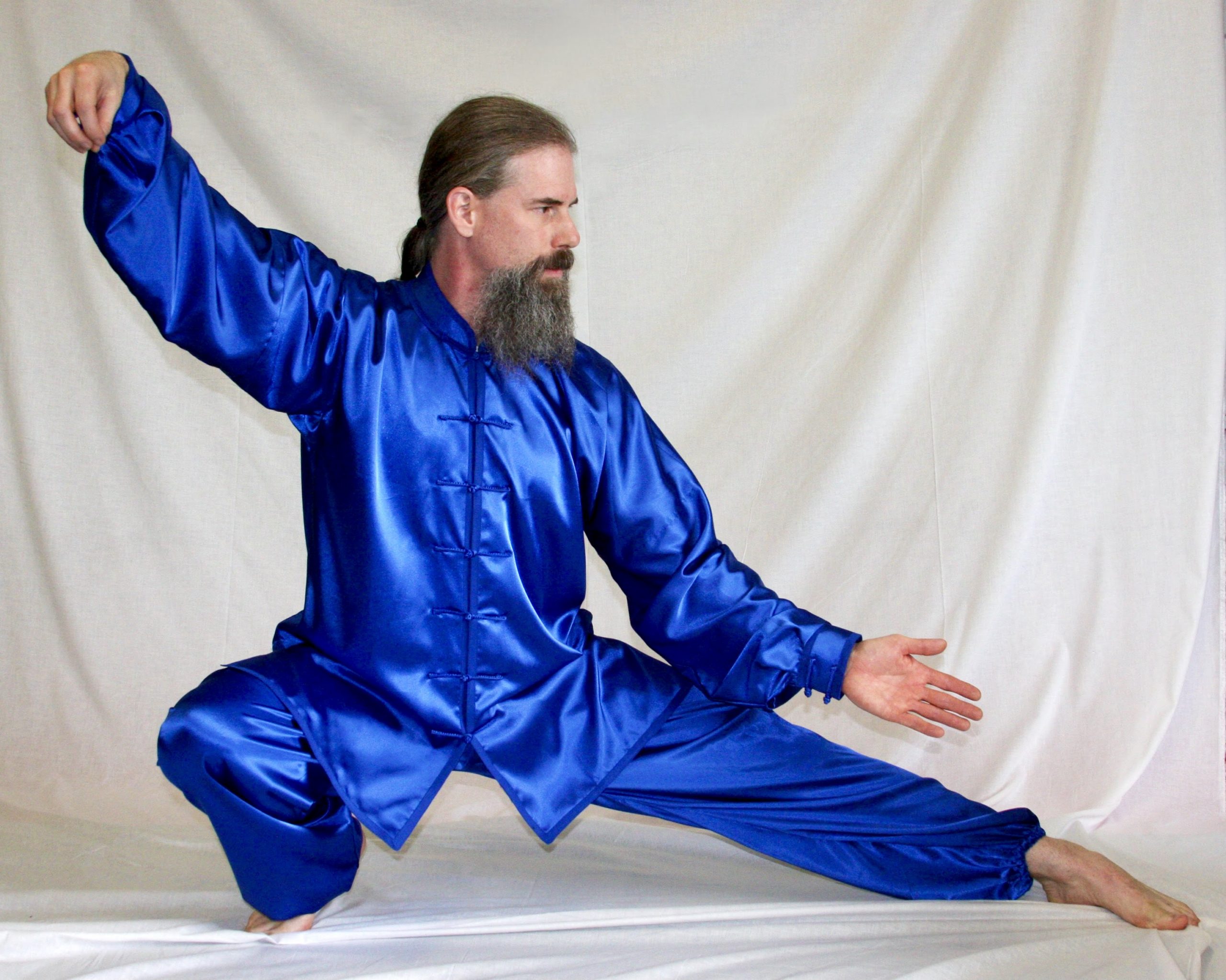T’ai Chi Ch’üan, 24 Forms

In over 10 years of doing CrossFit and many more years of competitive swimming, martial arts training, and physical fitness there is one benchmark workout that I have done thousands of times, and I still come back to repeat one very specific movement series as many times as possible. AMRAP is the CrossFit term for as many reps as possible, but most AMRAPs only last 10 to 20 minutes. There is one AMRAP I intend to continue for as many years as possible.
My introduction to T'ai Chi Ch'üan happened at age 19 - over 30 years ago - and I still maintain a regular practice. Today, as a functional fitness athlete, T'ai Chi Ch'üan has been a supplemental exercise that creates a center of focus that is more mentally intense than physical.
T'ai Chi Ch'üan (taijiquan) is an internal Chinese martial art practiced for defense training, health benefits, and meditation. The term ‘taiji’ is a Chinese cosmological concept for the flux of yin and yang, and 'quan' means fist. Developed as a martial art, it is practiced for other reasons: competitive wrestling in the format of pushing hands, demonstration competitions, and greater longevity. As a result, a multitude of traditional and modern training forms exist corresponding to those aims with differing emphasis. Some training forms of tai chi are practiced with extremely slow movements.
In 1956, the National Physical Culture and Sports Commission of the People's Republic of China developed a simplified and shortened version of the T'ai Chi Ch'üan form. It was based on the Yang family style of T'ai Chi Ch'üan. The new short-form consisted of 24 movements and could be performed in 4 to 8 minutes.
The Beijing short form is taught to students of various ages in physical education programs and it appeals to people of all ages. The short form provided a standard form for use in some competitions. When done properly, the short form can exemplify grace, beauty, and many fundamentals of the art. Today, students have ready access to many English language books and videos about the Beijing 24 forms. For these reasons, the Beijing version of the Yang style T'ai Chi Ch'üan form is now practiced all over the world.
The benefits of T'ai Chi Ch'üan may include:
- Decreased stress, anxiety, and depression
- Improved mood.
- Improved aerobic capacity.
- Increased energy and stamina.
- Improved flexibility, balance, and agility.
- Improved muscle strength and definition.
CrossFit forces athletes out of their comfort zone to learn many unfamiliar movements, with unusual names. Although CrossFit and T'ai Chi Ch'üan are not the same, they have more in common than not as they share a common purpose. We know that physical and mental health exercise can come in many forms. While unfamiliar movements with odd names take time to learn, over time familiarity creates a routine.
Here I offer the following WOD for today and every day, as many reps as possible, for a lifetime. Once this becomes familiar the best results call for routine practice, with repetition, more repetition, as many times as possible. Please enjoy.
T'ai Chi Ch'uan: Beijing Short 24 Form
1. Opening Movements
2. Wild Horse Shakes Its Mane
3. White Crane Cools Its Wings
4. Brush Knee
5. Play the Pipa
6. Step Back and Repulse Monkey
7. Grasping the Sparrow's Tail - Left Side
7a. Ward Off
7b. Roll Back
7c. Press
7d. Push
8. Grasping the Sparrow’s Tail - Right Side
9. Single Whip
10. Wave Hands Like Clouds
11. Single Whip
12. Stroke the Horse's Back
13. Kick with Right Heel
14. Box Opponent's Ears with Both Fists, Turn
15. Kick with Left Heel
16. Snake Creeps Down - Right Side
17. Golden Cock Stands on Left Leg
18. Snake Creeps Down - Left Side
19. Fair Lady Works the Shuttles
20. Picking Up the Needle from the Bottom of the Ocean
21. Unfolding Arms Like a Fan
22. Turn, Shoulder Strike, Back Fist, Parry and Punch
23. Cross Block and Push
24. Turn, Cross Hands and Close
-Coach Tim
